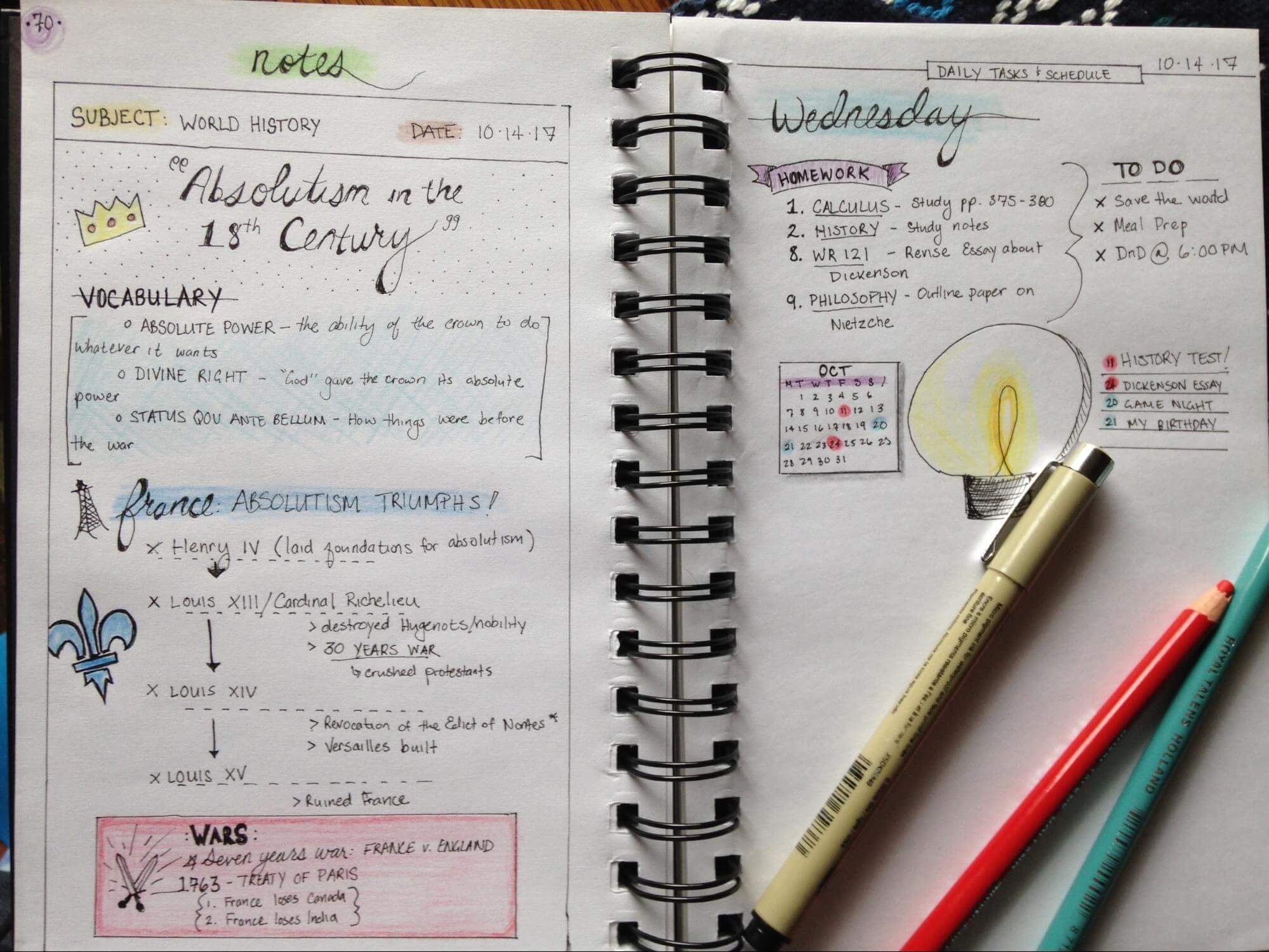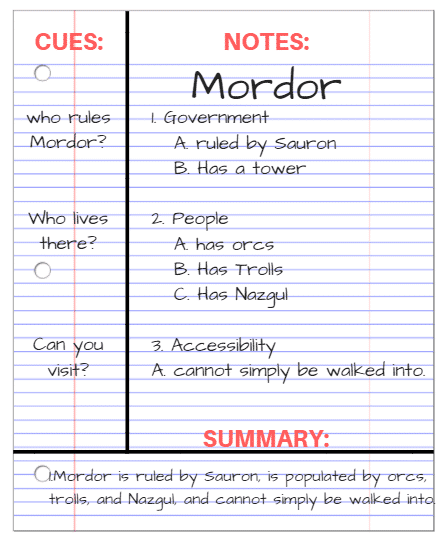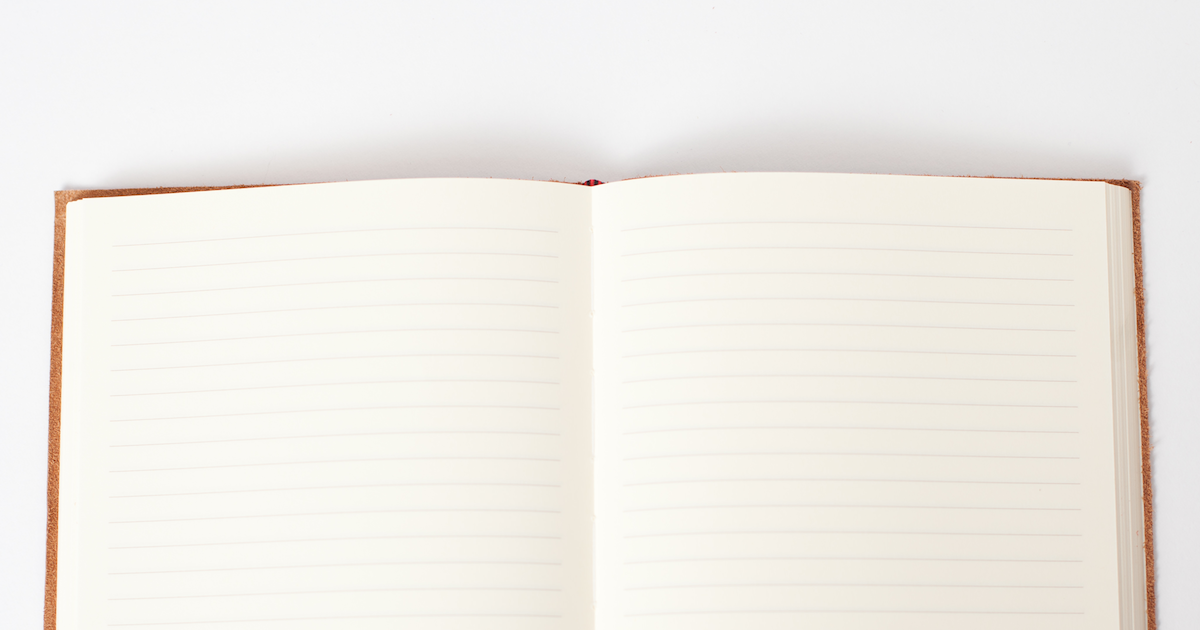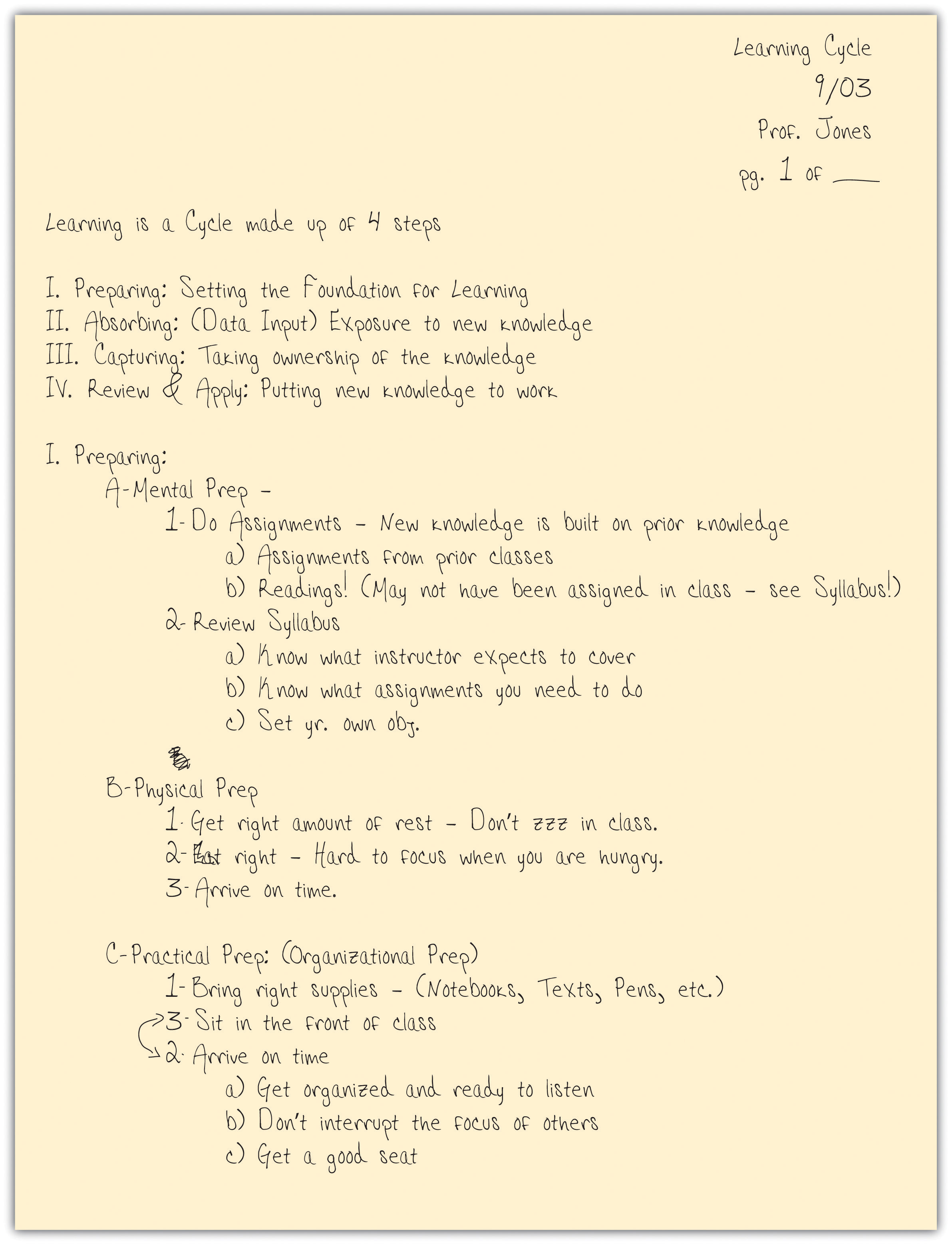How To Take Good Notes From A College Textbook

The cornell method is a pretty good way of dividing up your notes if you re looking to get the most out of your review time.
How to take good notes from a college textbook. Leave extra space so you can write in your notes later. If you can only spend 30 minutes of your day reading a portion of the textbook then that is 30 minutes more of the chapter you have read. Keep a record of what you read so you can more easily locate it in the future. Look at what you need to learn and plan out the areas you need to study up on.
To do this style of note taking take your notebook paper and draw a line horizontally at the top of your paper and then draw a line vertically along the margin of the paper or a little wider if you write big. It is simple and it delivers consistent results. In this article you will get to know about the importance of notes taking in college and notes taking tips for college students. If easy review and self testing are your goals the best way to accomplish that is using the cornell note method.
Write down questions you would like to ask your teacher key terms and concepts to remember ideas and connections and review questions for studying. Look at your notes and write out the key areas you need to look at from the textbook. In the two examples above notice that the headings from the book were used as headings for the notes. Keep focused and stay engaged while reading.
Include 1 3 of the most important details of the section reading through the text again if you need to. Notes cues and summary. Organize your ideas and information from the text. If you want to take notes from a textbook read through each section of the assigned chapter first then summarize the main points.
Be prepared for. Use just the headings and subheadings to create an outline mindmap or cornell notes. Write in the margins or use sticky notes to add extra information to your notes. You might think you are going to be taking notes in a nice neat structured outline but that is very unlikely.
Draw pictures in the margins and use diagrams and charts to illustrate key concepts. Think critically about what you read while you read. There is also plenty of space left to take notes in. Start by tilting your notes with the title of the lecture.


















